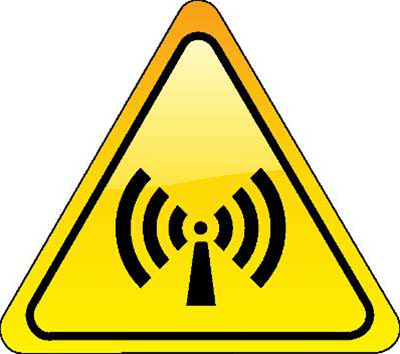Strong industry interest in the 3.6GHz radio frequency spectrum range for use with 5G wireless data services has prompted the Australian Communications and Media Authority to propose repurposing the band.

ACMA first asked the industry for views on the future of the 3.6GHz and 1.5GHz frequency bands last October.
While it found there was strong interest from industry in using the 3.6GHz band for wide-area mobile and fixed broadband networks, current users of the spectrum were firmly against the proposal.
Satellite earth stations and wireless internet service providers would be affected by the reallocation of the spectrum.
They said the 3.6GHz spectrum band was one of the few left where small business can obtain affordable internationally-harmonised spectrum for apparatus licenses for wireless broadband.
They argued the 1.5 GHz band should be prioritised over the 3.6 GHz band as it would "reduce [the] impact on incumbent services".
However Telstra - the major incumbent user of the 1.5GHz band - along with mobile manufacturers were the loudest voices in pushing instead for use of the 3.6GHz band.
They said the 1.5GHz band offered "less potential spectrum bandwidth, has lower projected roadmap support in vendor roadmaps and has considerably less ability to support key new technologies".
The ACMA agreed, and noted that unlike 3.6 GHz, "the 1.5 GHz band has not been explicitly nominated as an early 5G band by various countries around the world".
It has decided to prioritise refarming the 3.6GHz band over the 1.5GHz range, arguing this approach would be less disruptive to those already using the spectrum, and would follow in line with international trends that had set 3.6GHz as a "pioneer band" for 5G.
"The nature of the [3.GHz] band means that it has at times been referred to as a potential ‘coverage layer’, meaning its relatively robust propagation characteristics would complement those of the millimetre wave spectrum that has been the other focus of early interest for 5G services," the ACMA said.
"Hence a reallocated 3.6 GHz band may become an important part of providing 5G services to both urban and regional areas."
The ACMA said 'earth station protection' zones could potentially be established to allow satellite services to continue using the 3.6GHz spectrum, and spectrum in the 5.6GHz band could be made available to wireless internet service providers.
Today it released a discussion paper proposing a seven-year transition period for those using existing 3.6GHz spectrum holdings.
The ACMA said it would make a final decision on the matter later this year. It is seeking comment on its proposal until August 4.


.png&h=140&w=231&c=1&s=0)







 iTnews Executive Retreat - Security Leaders Edition
iTnews Executive Retreat - Security Leaders Edition












_(1).jpg&h=140&w=231&c=1&s=0)



